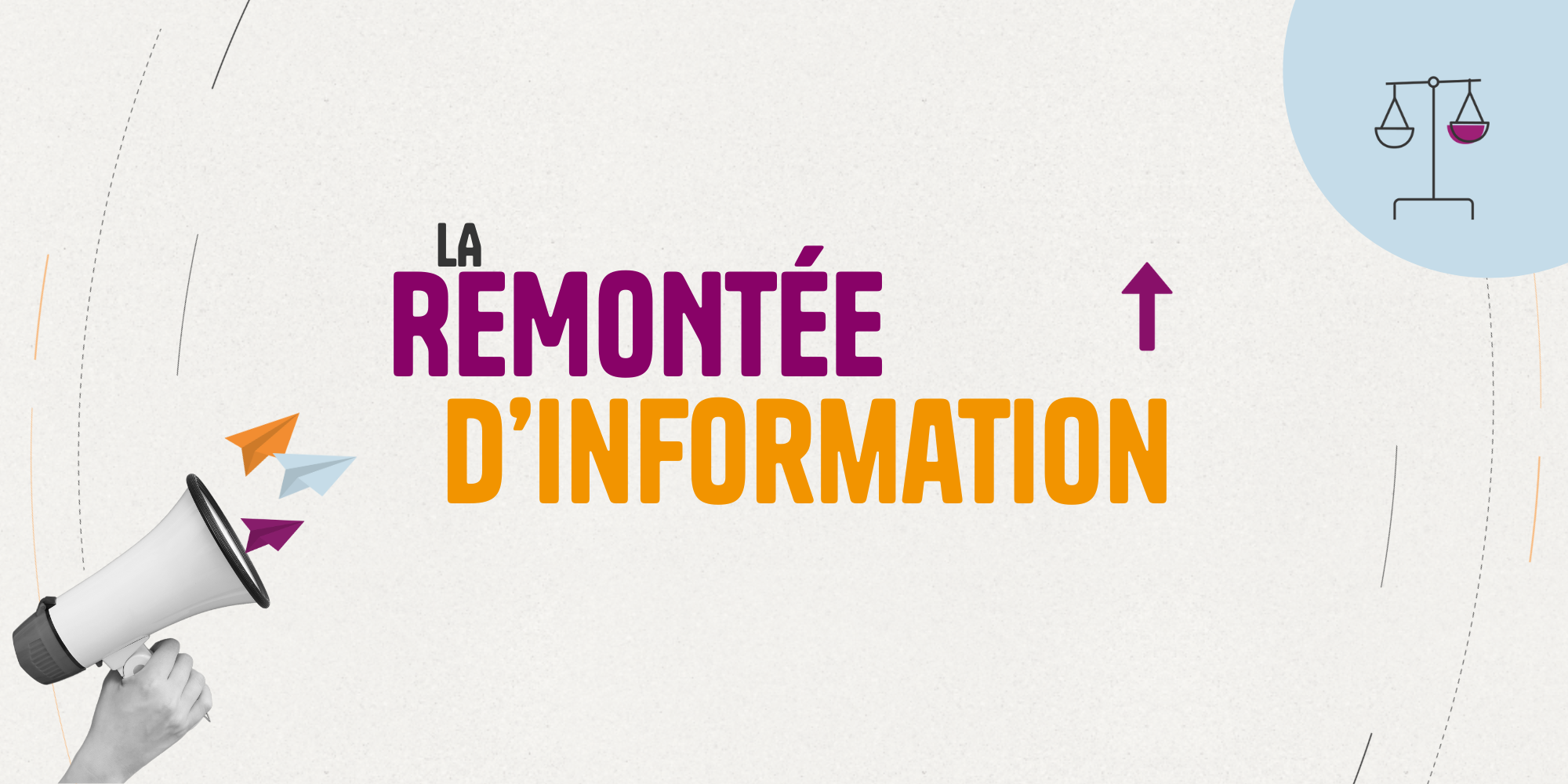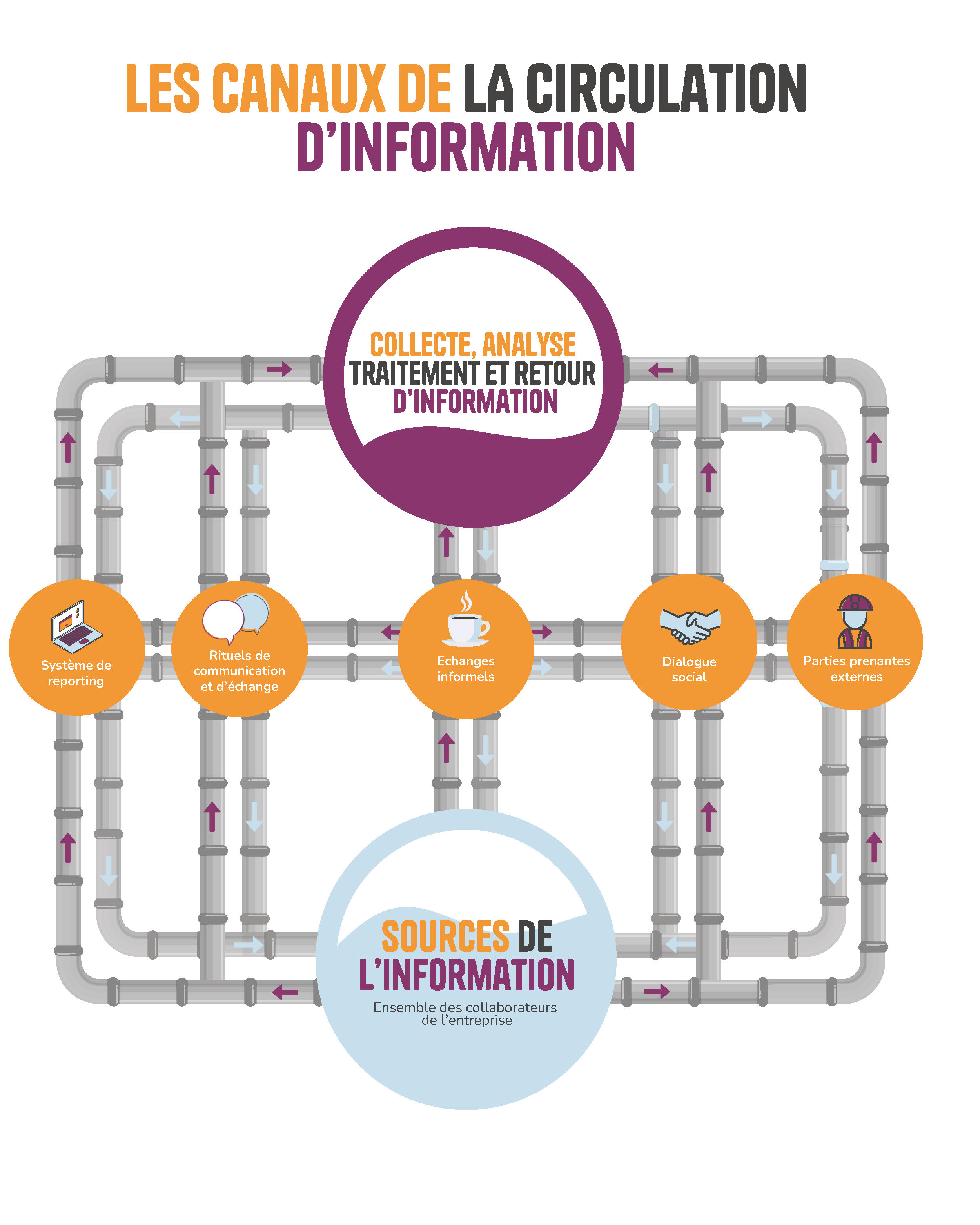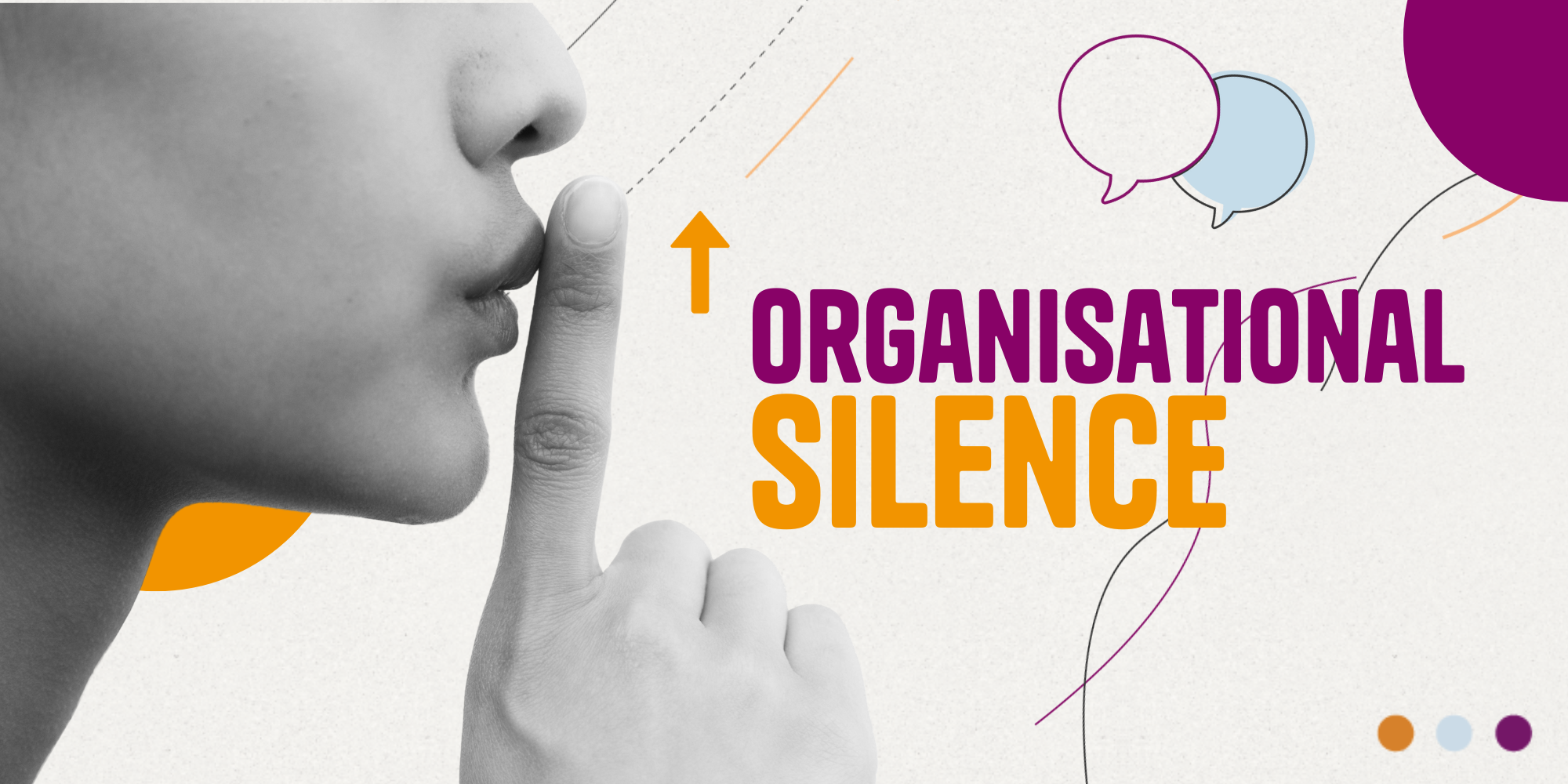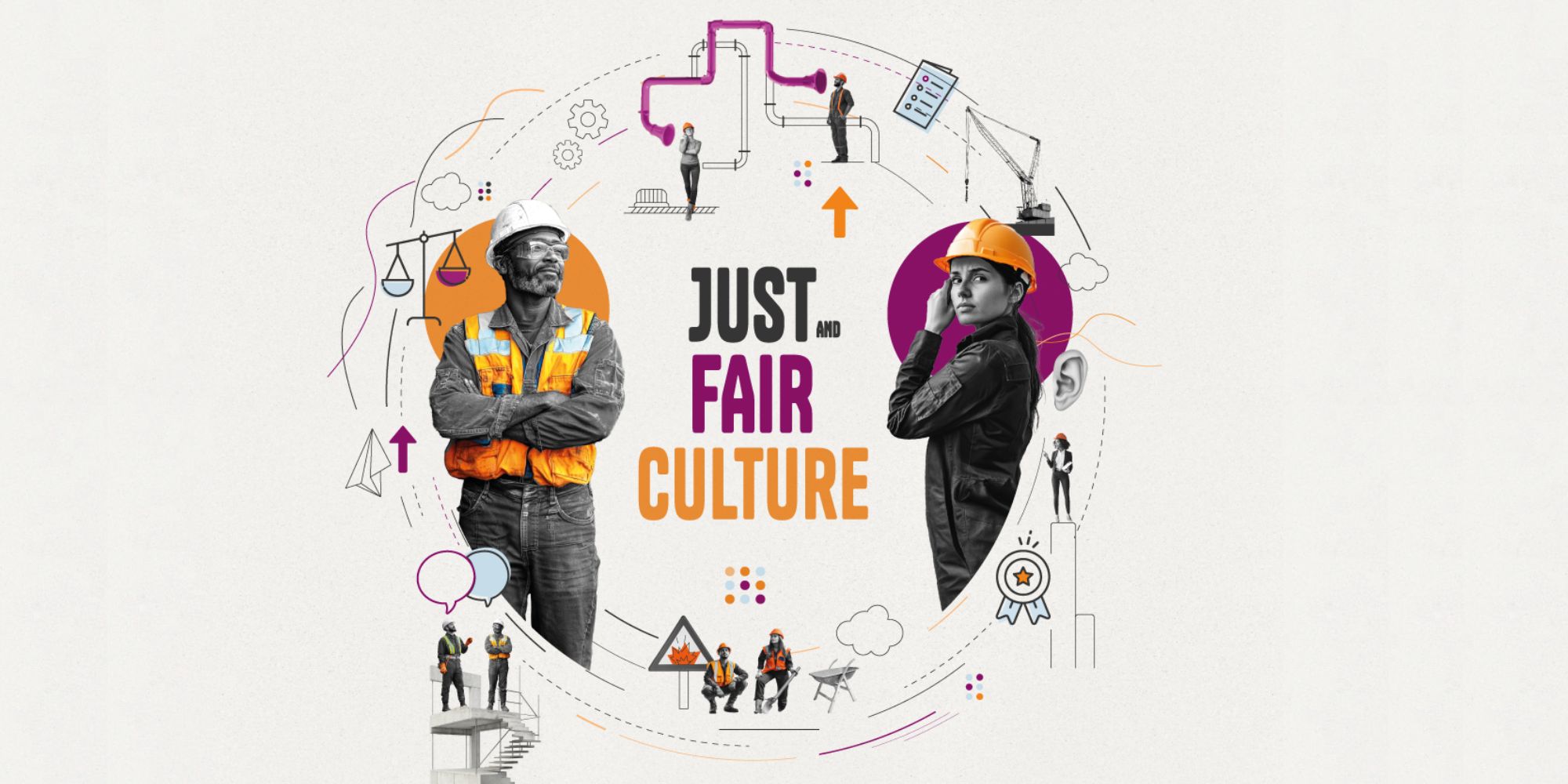What information reporting system should organizations use?
 La remontée d'information
La remontée d'information
The reporting and handling of information fosters continuous improvement in preventing the most serious risks and in enhancing work quality. Deep awareness of what happens in the field — both adverse events and successes — is a fundamental driver of progress for the organization and for every individual. And as an added bonus: it also helps align the various management levels around safety priorities.
But what reporting and handling system should be put in place to promote a smooth flow of critical safety information?
Beyond the reporting system
When speaking of an information reporting system, people often immediately think of a formal process: a reporting tool (often digital) that is accessible to most of the company’s workforce.
Si ce processus est un aspect clé du système de remontée d’informations, nous devons aller plus loin. Nous devons imaginer, concevoir et entretenir le système de remontée d’informations comme un ensemble de canaux variés - du plus formel au moins formel – et interconnectés entre eux permettant de faire circuler l’information de façon fluide … Parce que dans les organisations, l’information arrive de tous côtés !
While this formal reporting process is a key component, we must go further. We should envision, design, and sustain the information feedback system as a network of different channels — from the highly formal to the informal — all interconnected, enabling information to flow freely… Because in organizations, information comes from all directions!
A system of varied and interconnected channels
The reporting system
This enables the collection, organization, and presentation of data about unusual or dangerous situations, incidents, or good practices for follow-up (ideally) and statistical analysis. Some reporting systems are anonymous; others are not.
Communication and exchange rituals
Safety talks, management walk-arounds, briefings and debriefings, coordination meetings, annual reviews … all these exchange moments are opportunities to hear from employees.
Informal conversations
We all know those moments when crucial information comes up “by the way” in passing, on the shop floor, or at the coffee machine. Informal, even friendly moments can be real sources of insight. They should not be overlooked!
Social dialogue
Employee Representation Bodies like the CSE or CSSCT (French employee representative institutions) are essential channels for raising information. Participants in social dialogue are acknowledged as key contributors to identifying and managing hazardous situations. Employee representatives act as ‘sentinels of actual work’ and hold a wealth of insights that must be heard and incorporated into prevention strategies.
Interfaces with external stakeholders
Customer feedback is, of course, a goldmine of learning. A more challenging aspect: external contractors must be involved in detecting and analyzing dangerous situations and also regarded as valuable sources of learning about what is really happening on the ground… provided they feel safe speaking up. This remains a full-blown challenge!
The challenge? Breaking down information silos!
The larger the organization, the greater the risk that information becomes siloed by department, business unit, risk type, or reporting channel. Companies may also end up maintaining separate systems for health, safety, quality, etc.
The goal: build bridges so that collected information can feed into each other, be cross-referenced, and consolidated!
Analyzing and using the information: feeding the feedback loop
Collecting information is one thing — doing something with it is far better! The information must be analyzed and lessons drawn. This is the full feedback process (in the broad sense), the continuous improvement process that the organization must activate.
Note: an organization has only truly learned and advanced when it has implemented a positive change.
Worse than a feedback (REX) system from which one learns nothing is a feedback system that only confirms one’s satisfaction that everything is going well
Excerpt from Some Questions to Ask Yourself about Your REX System, Éric Marden (Foncsi)
Should everything be analyzed and treated?
Worried about being “drowned” in a huge amount of information? That is indeed what happens if you assume everything needs to be analyzed and acted upon at the same level. Beyond the fact that this is (often) impossible, not all information is of equal value. You therefore need to prioritize!
Here are some ideas to guide you:
- Train your teams about which information to report: they’ll engage when you are explicit about the types of information expected.
- Focus your efforts on analyzing root causes of accidents and situations or events with high serious injury and fatality potential (or, more positively put, high learning potential).
Don't forget to close the loop!
Keep your teams informed! Feedback is essential to maintain employee motivation to report information. It helps them feel that they are useful, that they contribute to improving safety for everyone. If they don’t receive feedback, they will feel that “it’s pointless.”
Welcoming good and bad news: the key role of management line
Information reporting operates at all levels, from operators up to senior leadership. Each member of the management line must participate and believe in their essential role.
Managers play a key role in:
- gathering information: whenever they are in contact with their teams, they are in position to identify safety-critical information. This requires a participative management style: listening, adopting behaviors and attitudes that encourage reporting.
- transmitting information: a manager can also block reporting, e.g. if they don’t want to be the bearer of bad news to their own superiors.
- responding appropriately to good as well as bad news: good news is generally pleasant, but bad news is more difficult. Managers at all levels must be supported and equipped.
- providing feedback to their teams.
The final word?
By creating a climate of trust and transparency that encourages open speaking, a fair and just culture is one of the keys to successful information reporting and feedback.
What is a just and fair culture?



